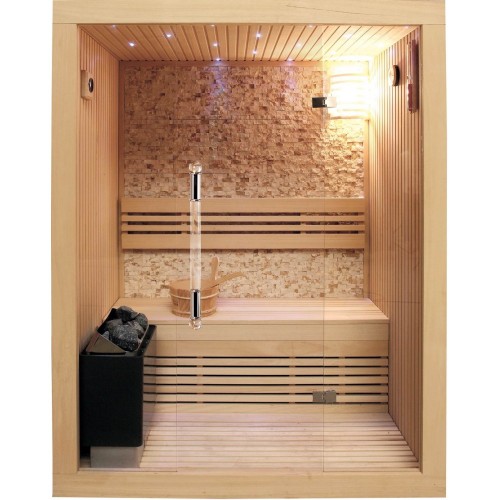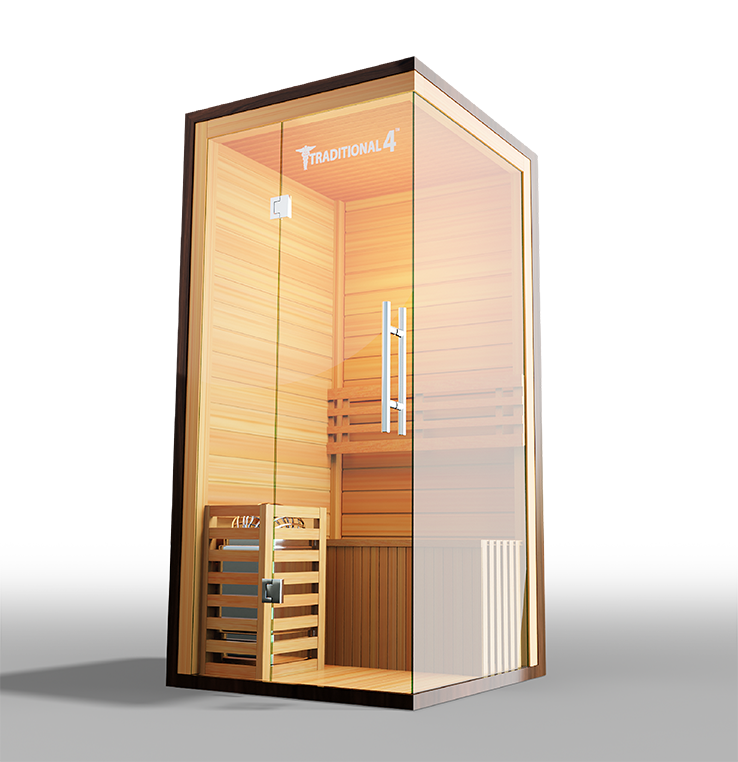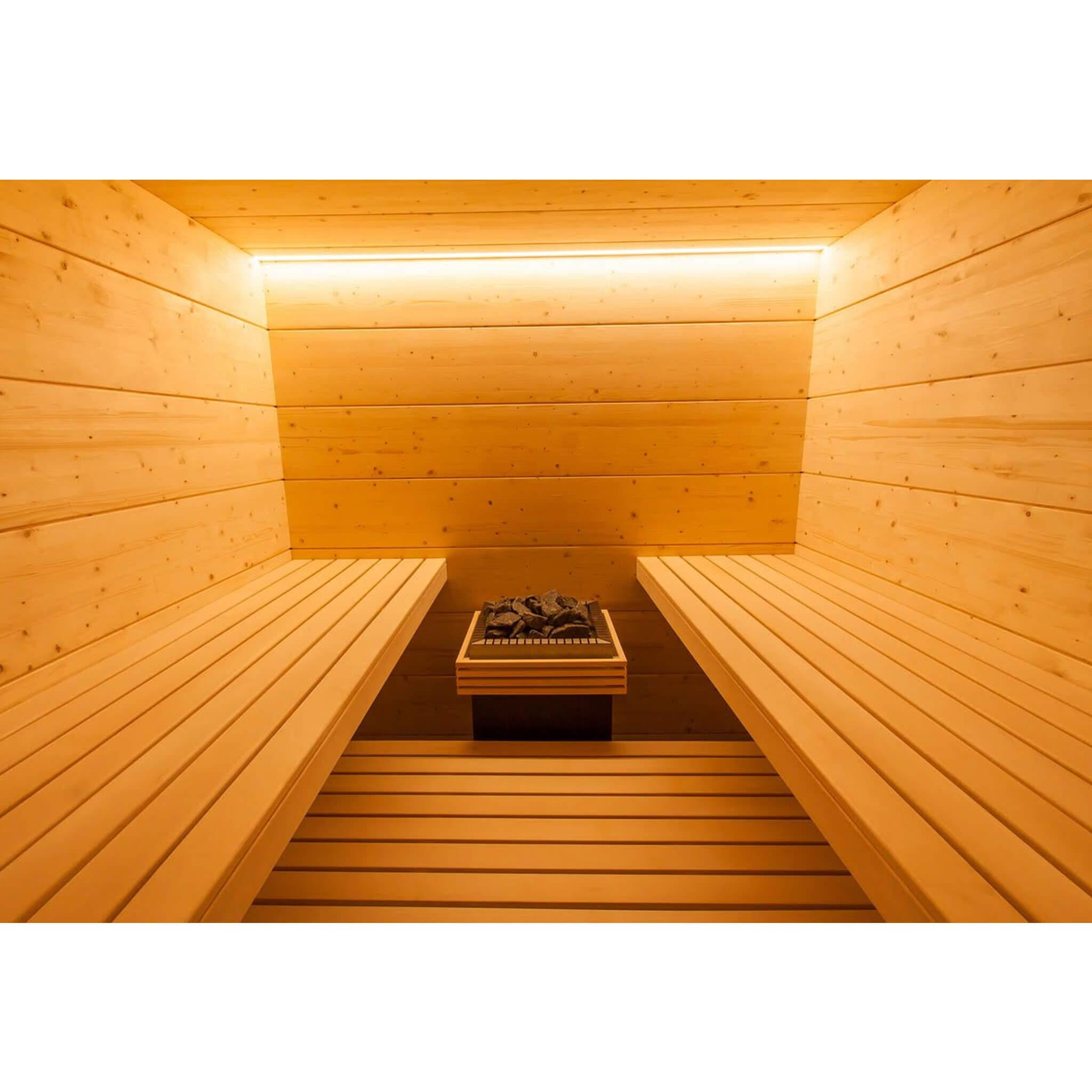Some Known Factual Statements About Traditional Sauna
Some Known Factual Statements About Traditional Sauna
Blog Article
The Definitive Guide for Traditional Sauna
Table of ContentsIndicators on Traditional Sauna You Should KnowThe 15-Second Trick For Traditional SaunaThe Best Guide To Traditional SaunaAll about Traditional SaunaTraditional Sauna Things To Know Before You Buy
Many of the weight shed in a sauna is water loss and is re-gained upon rehydrating. Without a doubt sauna can be an important part of a healthy and balanced weight loss program. To consider the distinctions between conventional and IR saunas, I will certainly separate these into proven, theoretical, and fabricated differences.Hence, the best point in the saunawhich is at the ceiling straight over the sauna heateris commonly between 185 and 190 F. Claims that a typical sauna surpasses 200 F is just not real and not relevant for electrical saunas sold in the United States. The temperature level for a far-infrared sauna is generally established between 120 and 140 F; nonetheless, unlike the traditional sauna, the objective in and IR space is not to accomplish a high temperature level.
As a result of this, the temperature level distinction is virtually unnecessary, because profuse sweating causes both sauna types, however the approach of heating the body is different. In an IR sauna the bather will certainly feel hot and will certainly sweat a lot, but at a lot reduced temperatures (Traditional Sauna). Thus, if the goal is to spend longer time periods in the sauna, the IR sauna is a great selection
When a standard sauna has actually been correctly heated up, the sauna wall surfaces are warm, the air temperature has accomplished established temperature and the rocks are incredibly warmed. As an interesting side note, the warmed walls and the rocks are giving off far-infrared warmth, combined with the warmed air, to develop an "covering warm".
How Traditional Sauna can Save You Time, Stress, and Money.

When the high temperature is attained, the components cycle on and off to keep the high temperature level. The majority of typical sauna customers appreciate putting water over the rocks to develop vapor to elevate sauna humidity degrees. The benefits of pouring water over the rocks consist of: making the space much more comfortable, dampening the nasal flows, and enabling the use of aromatherapy by blending vital oils with the water.

When the power enters the body, it creates the body temperature to enhance and inevitably causes sweating. In an infrared sauna it is very important for the emitters/heaters to remain on practically constantly. Given that there is no mass of rocks to preserve warm, the sauna will cool if the emitters closed off.
As pointed out above, the sauna bather in an infrared space wants to place himself in front of operating emitters to obtain maximum benefit from the warmth. The heating time for both rooms can be extremely various, depending upon just how the spaces are used. For a traditional sauna, a bather should permit 30-40 minutes for the room to accomplish a preferred temperature level and to appropriately pre-heat the rocks.
Unknown Facts About Traditional Sauna
A well created sauna will typically attain a temperature level of 150-160 F in concerning 30-40 minutes. For hotter temperature levels, the room might require to warm for a longer period.

Standard saunas often tend to be larger (hence make use of more power) than infrared saunas, although typical saunas are absolutely available in one and 2 individual dimensions. For a two-person traditional sauna, 5x6 or 5x7 dimension is most prominent. The leading bench can comfortably seat 2 or three people and is also enough time to relax during the sauna session.
Traditional Sauna Can Be Fun For Everyone
The average expense per kWH of power in the U.S. is around $0.11, so a 4.5 kW heater will cost approximately $.50 to run for one hour, if the heating unit runs constantly for one hour. Normally a sauna heater will compete 75% of the initial hour and 50% of subsequent hours on because the elements cycle once the set temperature is accomplished.

Ultimately, there is a hardly ever reviewed difference in the social experience in between both spaces. While our culture has shed a few of the social advantage of the traditional Click Here sauna experience, it can be extremely socially fulfilling (Traditional Sauna). From family members time in the sauna, to heart-felt conversations with better halves, to sauna partiesthe standard sauna experience can bring about intimate mingling
Little Known Facts About Traditional Sauna.
Many higher end infrared areas consist of colored light treatment, sound systems and full-glass fronts. The size of most areas enable 2 people to easily utilize the area, while some layouts might allow for a 3rd or 4th person to make use of the space. Personalized infrared areas are also readily available, with room sizes readily available approximately 7' x 8' x 7' high.
Report this page